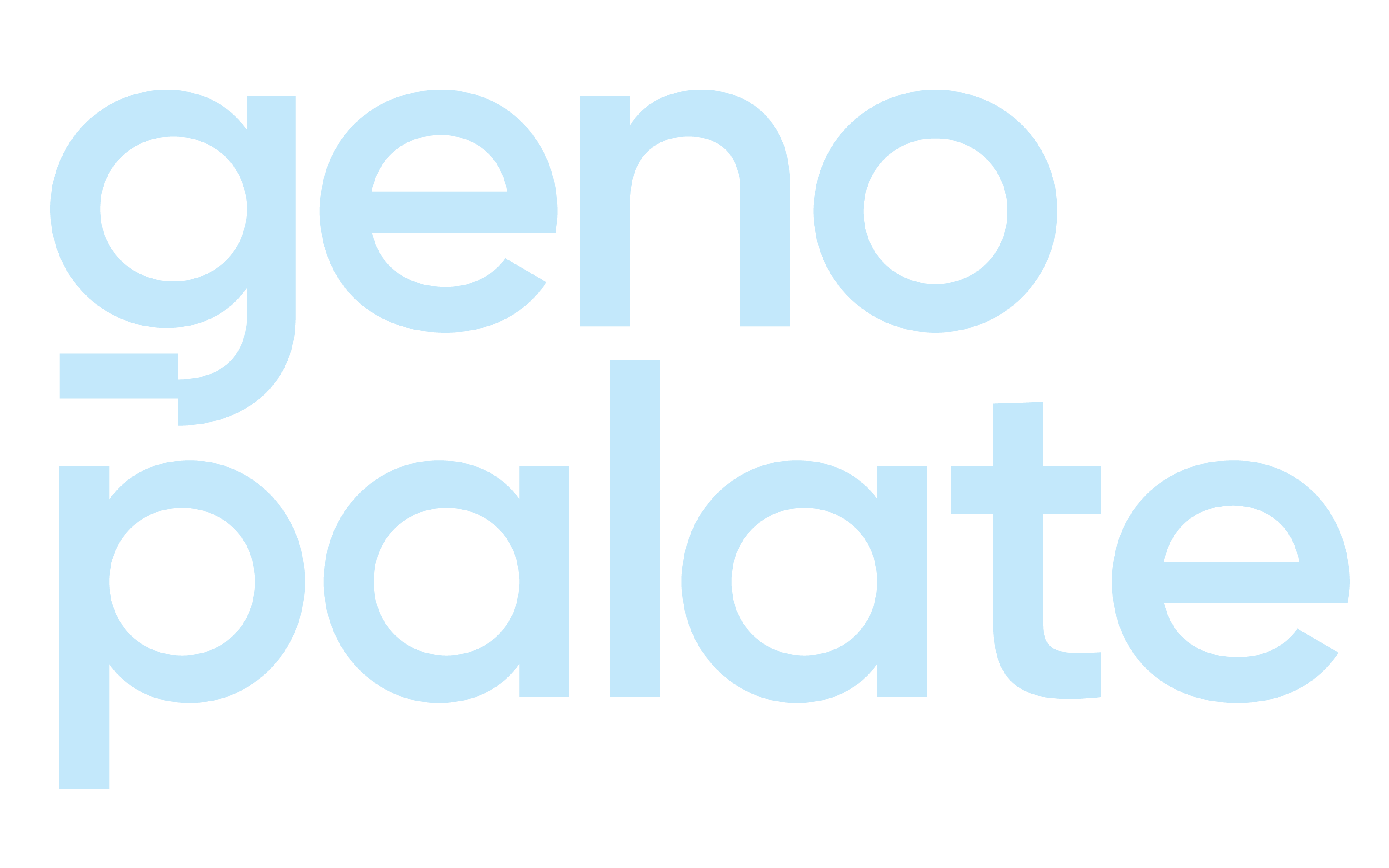The earliest agricultural efforts took place around 10,000 years ago. Agriculture started with regions in the Middle East before spreading to Asia, Europe and Africa. Agriculture is one of the most impactful revolutionary events in human history. It not only changed our food environment forever but, more significantly, it changed our pace of genetic, biological and cultural evolution.
From 50,000 years ago to 3,000 years ago, the human population grew from 25 million to 60 million. Before agriculture, when genetic variants occurred, they stabilized much quicker. Now it takes hundreds of years, versus 100,000 years, to keep a viable genetic variant.
As a result, we have millions of genetic variants that we can identify by sequencing the DNA of an individual. Today, much of the diversity in our genetic blueprints is caused by the food our ancestors were exposed to.
Agriculture not only impacted human nutrition and genetics, but it also led to more innovation. For example, the domestication of animals has led to new kinds of infectious diseases that human biology had to adapt to handle. Sedentary lifestyles enabled the creation of wealth and an elite class in society. This was not possible when we were mobile foragers.
Let’s take a closer look at how a new food introduced by agriculture eventually impacted the entire human population.
Our body is highly efficient at managing energy. When one gene is not needed, to save energy, our biology is programmed to turn it off—like we turn the light off when we leave a room.
This same process happened with the expression of lactase.
The enzyme that enables a baby to draw energy from the sugar in breast milk is controlled by the same light-switch energy efficiency program. In humans, we usually turn off the lactase expression soon after breastfeeding is over.
But today, approximately 30 percent of the world’s adult population has the lactase gene turned on all the time. It acts like one of our other housekeeping genes.The reason for this? Approximately 3,000 years into cattle farming people living in four regions, including Northern Europe, developed a mutation in their genes. This mutation allowed them to digest lactose in order to take advantage of the additional calories provided by the sugar in milk.
Whereas my ancestors who were living on rice as their main sources of carbohydrates didn’t need to create that mutation. This is why I’m lactose intolerant. (Which you can imagine, is a big bummer, since I live in Wisconsin.)





